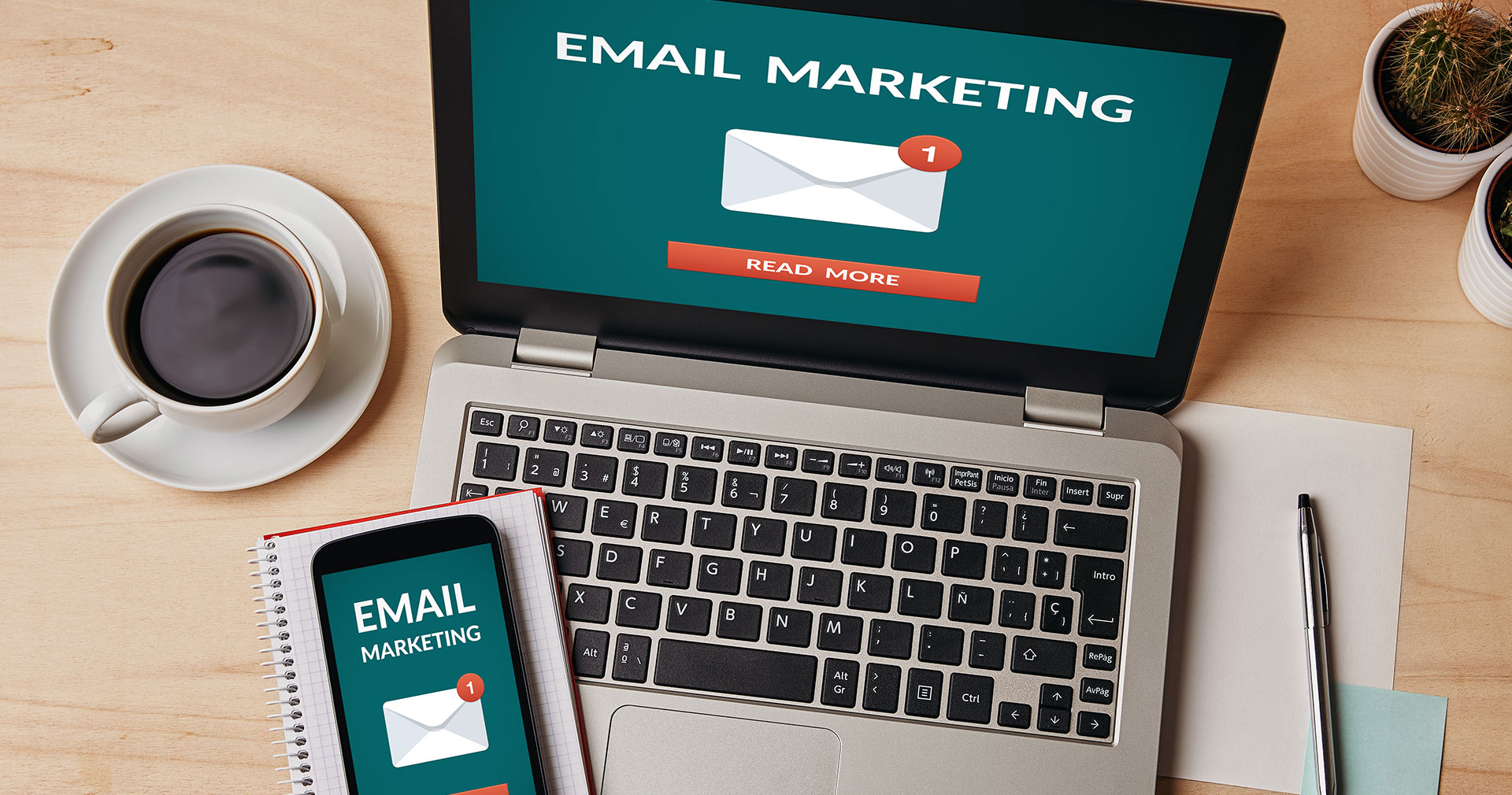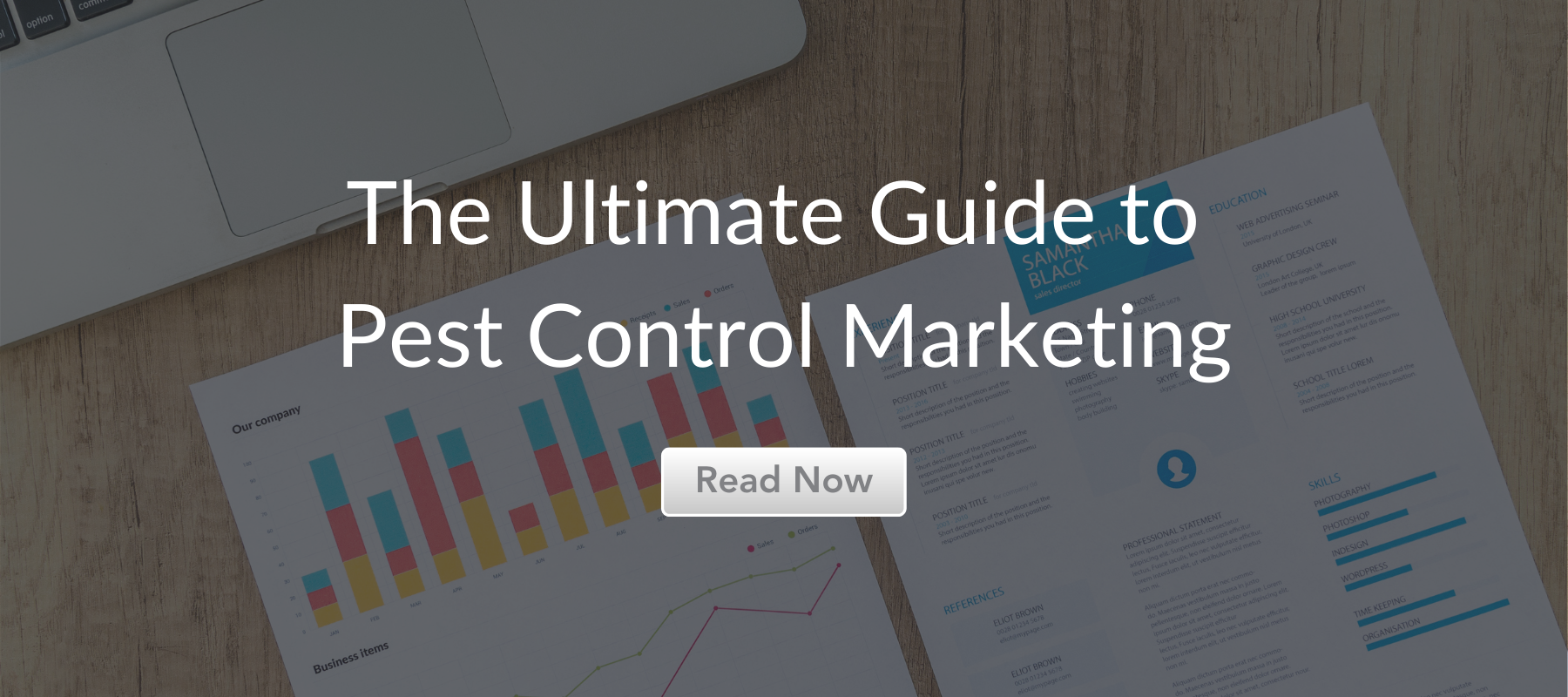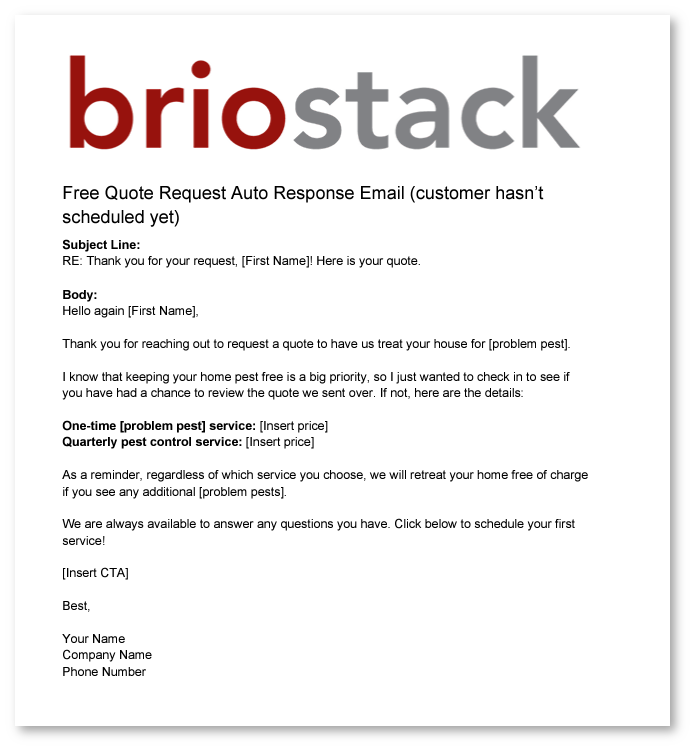Pest Control Email Marketing 101
Summary Pest control email marketing delivers results. It helps reduce no-shows, increase renewals, and...

Like any type of marketing, pest control email marketing is all about sending the right message to the right customer or prospect at the right time.
In 2025, it still outperforms most marketing tools. Social media and paid advertising are always evolving. But email? It stays true to the basics—direct messages, packed with value, delivered right to an audience that has already shown interest in your business.
With email, you hold on to trust and stay top of mind. You reduce no-shows (and lost revenue) and showcase your credibility. And with automation, you don’t have to send every message yourself.
This is your definitive guide to pest control email marketing. Learn best practices, metrics to track, when to send your emails, how to write them, and much, much more.
Let’s get started.
Email marketing works because your customers already check their inboxes every day. In fact, 93% of people use it daily. Incredibly, only 6% don’t check it when they’re on vacation.
It’s one of the few tools that reaches people directly. You’re not at the mercy of some hidden algorithm or a costly ad platform that you hope puts you in front of the right people.
For pest control businesses, email has another advantage—it increases repeat visits without increasing costs.
National chains and franchises are spending big on Google Ads. That pushes up prices for everyone, and local operators are feeling it. About 26% of pest control businesses are responding by putting more budget into email to compete.
And it works.
On average, email returns $38 for every $1 spent. That’s the highest ROI in marketing, a spot this channel has held for 10 years in a row.
For a service-based business like yours, email is how you stay booked and keep your routes full. Like any good tech, it does the job right, and it doesn’t need to be told twice.
RELATED ARTICLE: How to Choose the Best Pest Control Software for Small Businesses
Email marketing platforms, also called email service providers (ESPs), are tools that send bulk emails to your customer list.
They work by:
ESPs make staying consistent with email marketing much easier. Trying to manage all those emails manually from your personal inbox takes a lot of time.
Generic ESPs like Mailchimp and Constant Contact are great for general use. If you’re just starting out and want something that’s a breeze to learn and use, these can do the job.
But if you’re already running routes and managing renewals, they might not have all the functionality you need.
An integrated customer relationship management (CRM) tool might be a better fit. These connect with your scheduling and customer data.
Here’s a quick look at how the two compare:
Email marketing platforms vary widely in functionality. Below is a side-by-side comparison to help pest control businesses understand the practical differences between generic email service providers (ESPs) and integrated CRM tools.
| Feature | Generic ESP | Integrated CRM Tool |
|---|---|---|
| Built-in customer data | No, manual upload is needed | Yes, syncs with service data |
| Service reminders | Not automatic, manual setup required | Yes, triggers based on schedule |
| Renewal and reactivation emails | Not automatic, manual setup required | Yes, uses customer history |
| Route-based promotions | No, must set up custom filters | Yes, targets by neighborhood |
RELATED ARTICLE: 10 Tips for Marketing for Pest Control Companies

Once you know how you’re sending your pest control marketing emails, it’s time to think about what to send. What should you say? What do your customers want to hear?
Start with the golden rule of all content creation: it must offer value. From there, you can come up with specific ideas. Here are some to get you thinking:
Marketing to existing customers is about boosting their loyalty. You want them to buy from you again.
The key to achieving this is to make sure they don’t forget about you or feel forgotten by you.
Here are a few examples of ways to do that via email:
Prospects are people who have shown interest in your pest control services but haven’t yet booked. They might be:
Your job at this stage is to remain visible and show your credibility.
Use email to answer questions before they’re asked and position your brand top of mind. Some examples include:
RELATED ARTICLE: 6 Tips for Better Pest Control Estimates [Template]

Most people already receive too many emails. If yours arrives at the wrong time, it might be ignored or sent right to the trash.
While there’s no perfect formula, there are a few best practices you can follow to increase the chances of your email hitting inboxes at the right time.
And here are a few general rules that apply to all emails:
RELATED ARTICLE: 5 Pest Control Marketing Ideas That Generate Leads
Now that you’ve chosen a valuable topic for your email, how do you actually go about writing it?
These best practices will help you optimize your results.
Emails that are around 20 lines long tend to perform best, i.e., have the highest click-through rate (more on that later). That’s about 200 words.
In one survey, 67% of respondents said they prefer short emails. For 28% of people, though, email length doesn’t matter if the message feels like it was written for them.
Speaking of tailored messaging, personalization should be used whenever possible in your email marketing.
Personalizing an email means using details about the customer in your message. It could be their name, service history, their local area, or what pest they’ve had before.
Emails that use things like subject line personalization and dynamic content see better performance over 80% of the time.
Like with most online activity, most people check their email on their phone—64%, to be exact. That means your message needs to:
Always send it to yourself first, so you can open it on your phone and make sure it’s a good experience.
Every email should ask the reader to do one clear thing. Not two. Not four. Just one. This can increase clicks by up to 371%.
Too many options cause confusion. When people have to choose, they often don’t do anything at all.
Some CTAs you might use could be “Book Now,” “Confirm Appointment,” or “Leave a Review.”
Segmentation divides your mailing list into groups of people with similar traits. Instead of blasting the same email to everyone, segmenting helps ensure the message is genuinely relevant to your recipients.
And we know it works because the data says so, with more than 90% of marketers reporting that segmentation improved email performance.
You might segment by:
Pest control needs and trends vary with the weather and time of year. When you send an email that reflects what’s going on in the customer’s life, it resonates.
Booking rates go up because the problem is real and timely.
The HVEC formula is a quick and easy way to write better emails. It gives the reader what they need, in the order they need it.
Here’s an example:
Call to action: ”Book your winter checkup now.”
Let’s compare two emails to see how using the practices above can strengthen your content.
Subject: Pest control services
Dear Customer,
It’s that time of year again. We’re offering services to help with pests. Contact us if you’re interested. Thanks for your business.
Subject: Spiders in the garage? Fall is when they move inside.
Hi [First Name],
Here in [City], the cold nights are encouraging spiders to move indoors. Have you noticed any in your garage? Now’s the time to prevent an infestation.
We’re running a special on targeted treatments until December 5, 2025. Contact us now to save 10%.
What makes Email #2 better? It:

Need a head start on your email marketing? We’ve put together a full set of ready-to-send pest control email templates to help you out.
RELATED ARTICLE: The Best Apps for Pest Control Businesses

"*" indicates required fields
How do you know if your email marketing is actually working? You look at the numbers.
Here’s a quick overview of which key email metrics to track, what they mean, and why they’re worth tracking. We’ve also included the average rate (or benchmark) for each metric, so you can better gauge your own performance:
To know if your pest control email marketing is actually working, you need to track the right performance metrics. These benchmarks help you identify issues early and understand what’s driving bookings, retention, and revenue.
| Metric | What It Means | Why It Matters | Benchmark |
|---|---|---|---|
| Bounce Rate | Percentage of emails that could not be delivered | A high bounce rate usually means your list contains outdated or incorrect email addresses | Under 2% |
| Open Rate | Percentage of recipients who opened the email | Indicates whether your subject lines and send timing are effective | 42.35% average |
| Click-Through Rate (CTR) | Percentage of recipients who clicked a link in the email | Shows whether the message and call to action are resonating | 2.3% average |
| Unsubscribe Rate | Percentage of recipients who opted out after receiving an email | Helps identify over-sending or emails that don’t provide enough value | Under 0.5% |
| Conversion Rate | Percentage of recipients who completed a desired action | Directly connects email campaigns to booked services and revenue | 1%–5% average |
RELATED ARTICLE: By the Numbers: Pest Control Industry Statistics and Growth Insights
Email automation works by using triggers—events you define—to automatically send the right message at the right moment.
It’s a great time and headache-saver, because you don’t have to remember who to email, when to send it, or what to say. The system takes care of it for you.
Here’s how it works:
With automation, you don’t have to worry about:
That means fewer no-shows, more reviews, more repeat business, and less admin work.
Here are a few automations that work well for pest control:
To get started with automation, you’ll need:
RELATED ARTICLE: The Latest Pest Control Technology Trends and Innovations
Here are some answers to common questions about email marketing for pest control businesses.
Pest control companies should email customers 1–2 times per month. That’s enough to stay top of mind, but not so often you’ll be pushing unsubscribes.
The best CRM for automating pest control emails is one that connects to your scheduling and customer data. Look for a solution made specifically for the pest control industry, too.
To track ROI, look at your email conversions. Then, consider how much time and money you put into email marketing.
ROI (%) = [(Revenue from email – Cost of email) ÷ Cost of email] × 100
To reduce unsubscribes, make sure every email has something valuable. Use segmentation to personalize your messages. Don’t send too many emails, and only include one CTA per email.
Ready to get going? Here are three steps you can take today:
Write your email templates. Or download and edit the templates we made for you. Make sure they align with your business.

Summary Pest control email marketing delivers results. It helps reduce no-shows, increase renewals, and...

Discover the best pest control sprayers for professional use in 2025. Compare top models,...

The U.S. pest control industry is projected to hit $26B in 2025. Learn key...